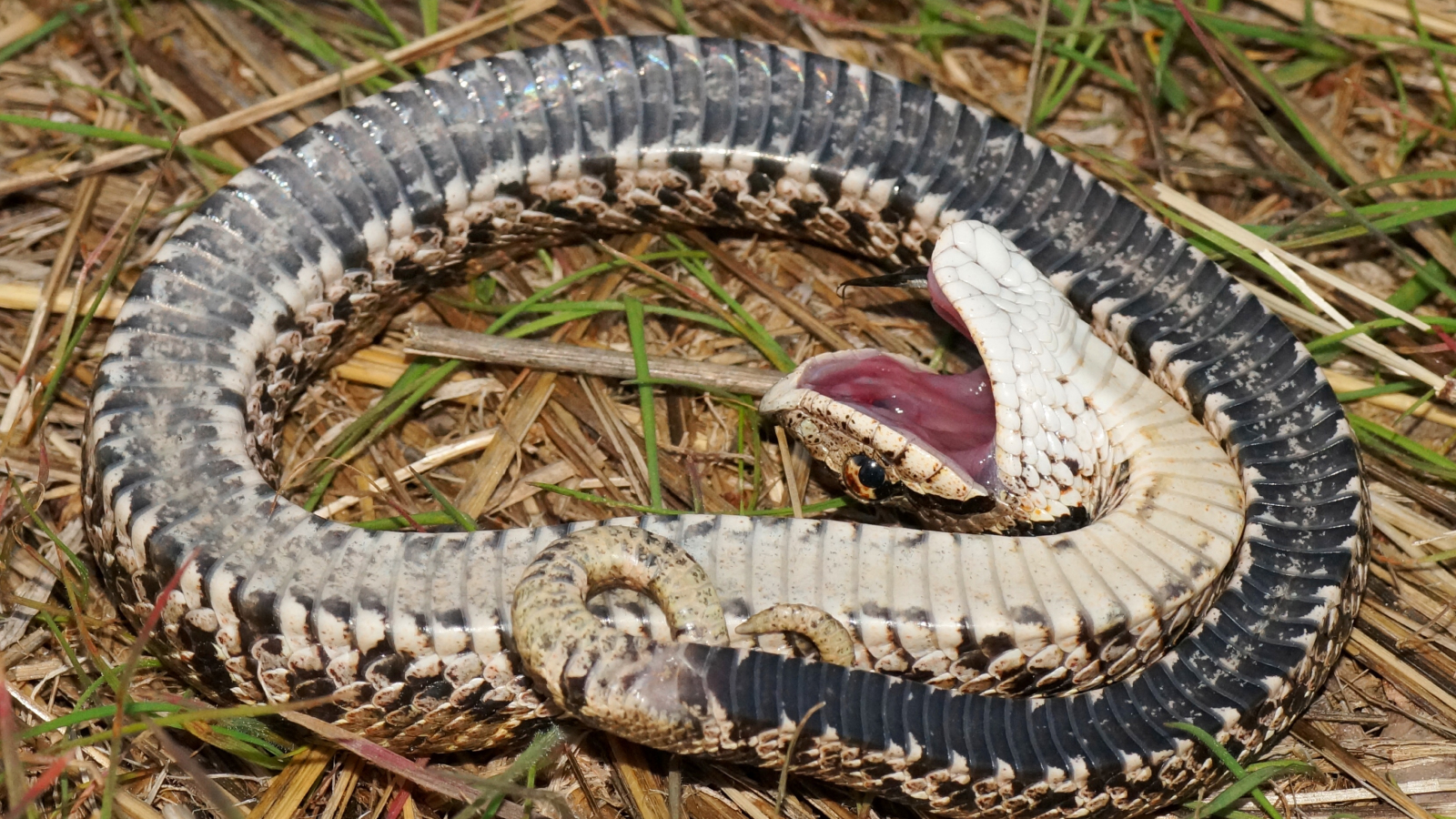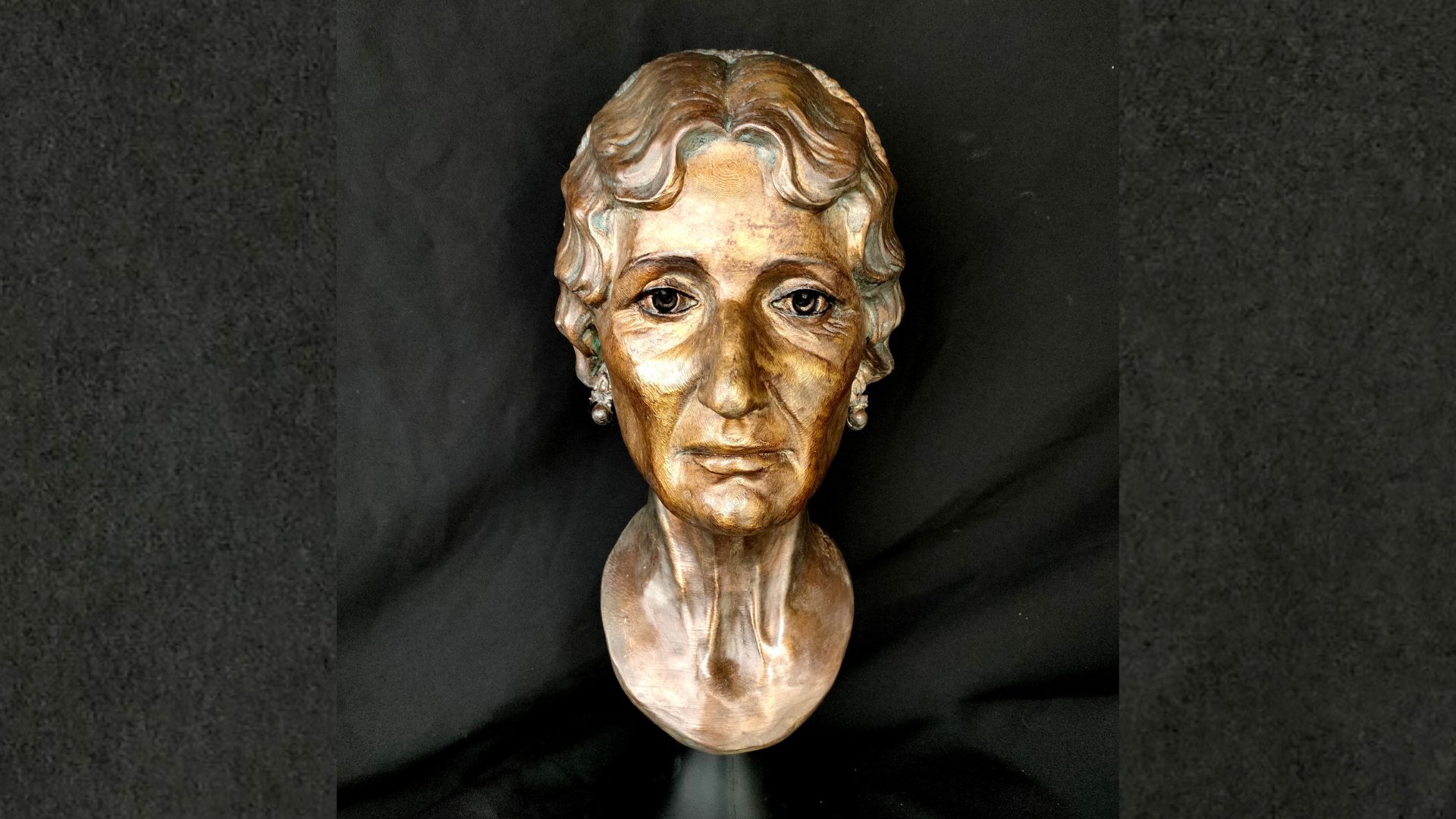Crystals, Vol. 13, Pages 211: Adsorption of Orange G Dye on Hydrophobic Activated Bentonite from Aqueous Solution
Crystals doi: 10.3390/cryst13020211
Authors: Zohra Taibi Kahina Bentaleb Zohra Bouberka Christel Pierlot Maxence Vandewalle Christophe Volkringer Philippe Supiot Ulrich Maschke
This report focusses on the modification of physical structure and chemical properties of a bentonite clay from the Hammam Boughrara region of the Maghnia district in western Algeria to maximize its adsorption capacity. The purified bentonite clay (called B) was modified, either by acid activation with 1M sulfuric acid (B-Act), or by intercalation with the cationic surfactant cetytrimethyl ammonium bromide (CTAB), applying a cation exchange capacity (CEC) of 100% (called B-CTAB). Modification of B was also introduced by combining these two steps consecutively, i.e., at first acid activation of B, followed by intercalation with CTAB (B-Act-CTAB). The B-Act-CTAB was obtained by H2SO4 (1M) acid activation, followed by co-adsorption of CTAB with 100% and 300% of the CEC of B-Act as precursor. In particular, a strong increase of surface area and pore volume of the modified bentonites was observed for B-Act (469.83 m²/g and 0.401 cm3g−1), B-Act-CTAB100 (267.72 m²/g and 0.316 cm3 g−1) and B-Act-CTAB300 (111.15 m²/g and 0.171 cm3g−1), compared to B (31.79 m²/g and 0.074 cm3 g−1) and B-CTAB (3.79 m²/g and 0.034 cm3 g−1), respectively. The bentonite-based adsorbents were then used to evaluate the removal efficiency of an organic molecule, the azo dye Orange G (OG), as a model for a Persistent Organic Pollutant. Freundlich, Langmuir and Sips (Langmuir–Freundlich) models were applied to analyze equilibrium isotherms, showing a good correlation between experimental data and the Freundlich model. A good agreement was obtained between experimentally obtained kinetic adsorption data and the pseudo-second-order model, allowing to evaluate rate constants. B-Act-CTAB300 can be applied as a low-cost material for removal of azo dyes, since its adsorption capacity towards OG (102.80 mg/g) exceeds largely that of B-CTAB (31.49 mg/g) and B-Act-CTAB100 (12.77 mg/g).

 1 year ago
23
1 year ago
23


